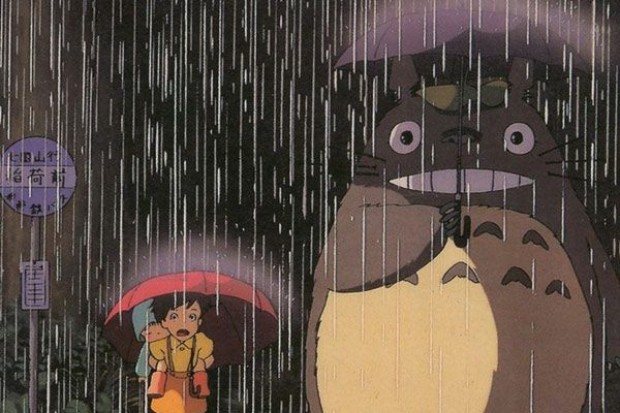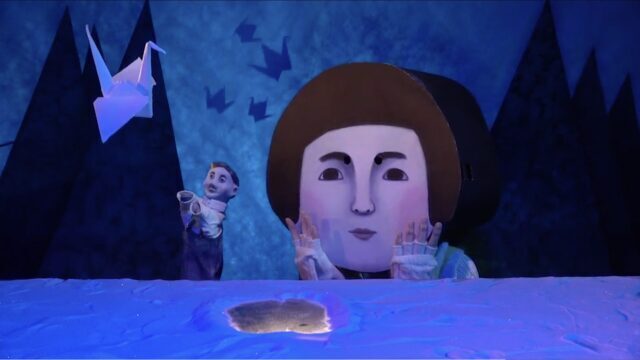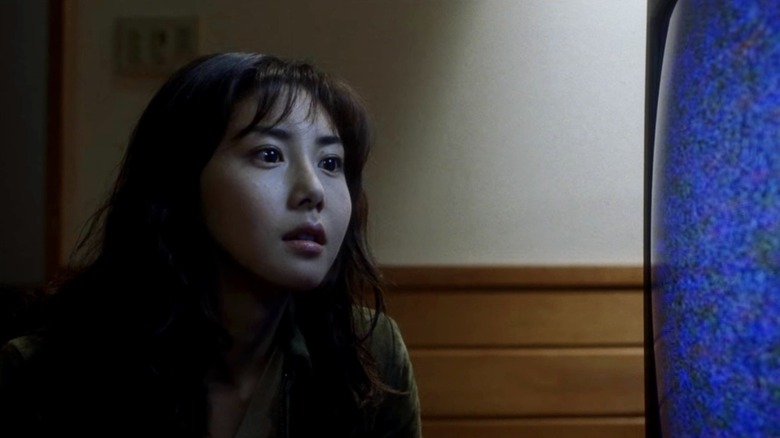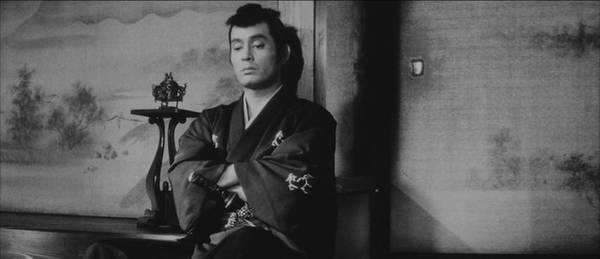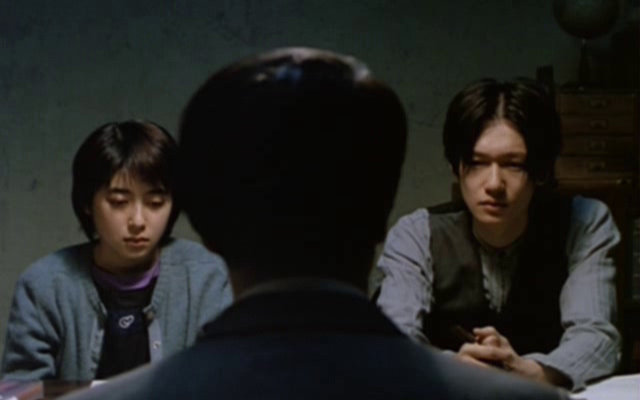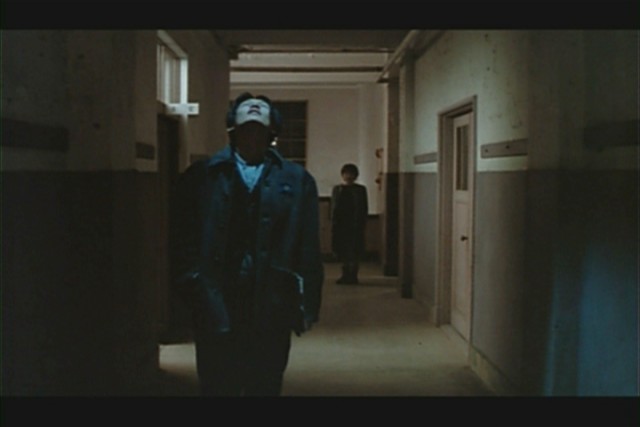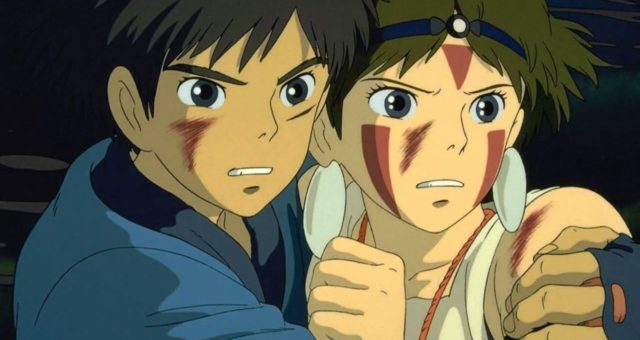MY NEIGHBOR TOTORO (TONARI NO TOTORO) (Hayao Miyazaki, 1988)
Japan Society
333 East 47th St. at First Ave.
Film: Friday, November 4, $15, 7:00
Talk: Thursday, November 10, $20, 6:30
japansociety.org
www.nausicaa.net
The Royal Shakespeare Company is currently presenting a live-action stage adaptation of Hayao Miyazaki’s beloved My Neighbor Totoro at the Barbican, where it is receiving glowing reviews. The show was written by Tom Morton-Smith and is directed by Phelim McDermott, with a score by longtime Miyazaki collaborator Joe Hisaishi and puppetry by Basil Twist. As part of its monthly anime series, Japan Society will be screening a 35mm print of the 1988 film on November 4 at 7:00, followed November 10 at 6:30 by a discussion with Twist (Symphonie Fantastique, Dogugaeshi) about the making of the show.
In many ways a precursor to Miyazaki’s masterpiece, Spirited Away, the magical multi-award-winning My Neighbor Totoro is a fantastical trip down the rabbit hole, a wondrous journey through the sheer glee and universal fears of childhood. With their mother, Yasuko, suffering from an extended illness in the hospital, Satsuki and her younger sister, Mei, move to a new house in a rural farming community with their father, anthropology professor Tatsuo Kusakabe. Kanta, a shy boy who lives nearby, tells them the house is haunted, and indeed the two girls come upon a flurry of black soot sprites scurrying about. Mei also soon discovers a family of totoros, supposedly fictional characters from her storybooks, living in the forest, protected by a giant camphor tree. When the girls fear their mother has taken a turn for the worse, Mei runs off on her own, and it is up to Satsuki to find her.
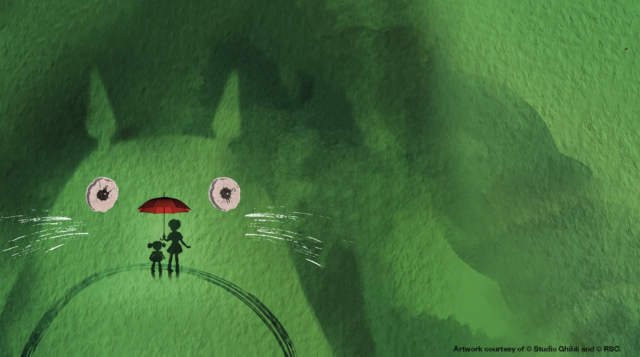
Basil Twist will be at Japan Society to share behind-the-scenes stories of the Totoro stage show
Working with art director Kazuo Oga, Miyazaki paints the film with rich, glorious skies and lush greenery, honoring the beauty and power of nature both visually as well as in the narrative. The scene in which Satsuki and Mei huddle with Totoro at a bus stop in a rainstorm is a treasure. (And just wait till you see Catbus’s glowing eyes.) The movie also celebrates the sense of freedom and adventure that comes with being a child, without helicopter parents and myriad rules suffocating them at home and school. Twist’s talk will go behind-the-scenes of the RSC production, discussing the creation of puppets based on animated characters and sharing backstage images.
